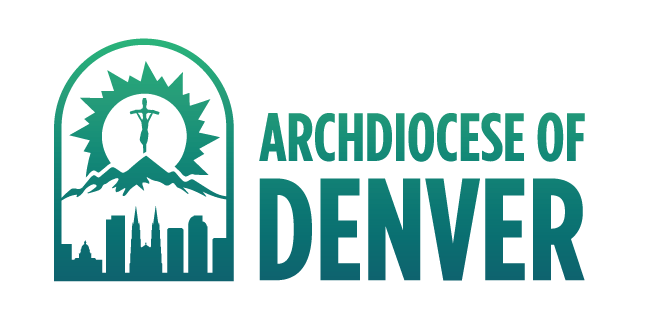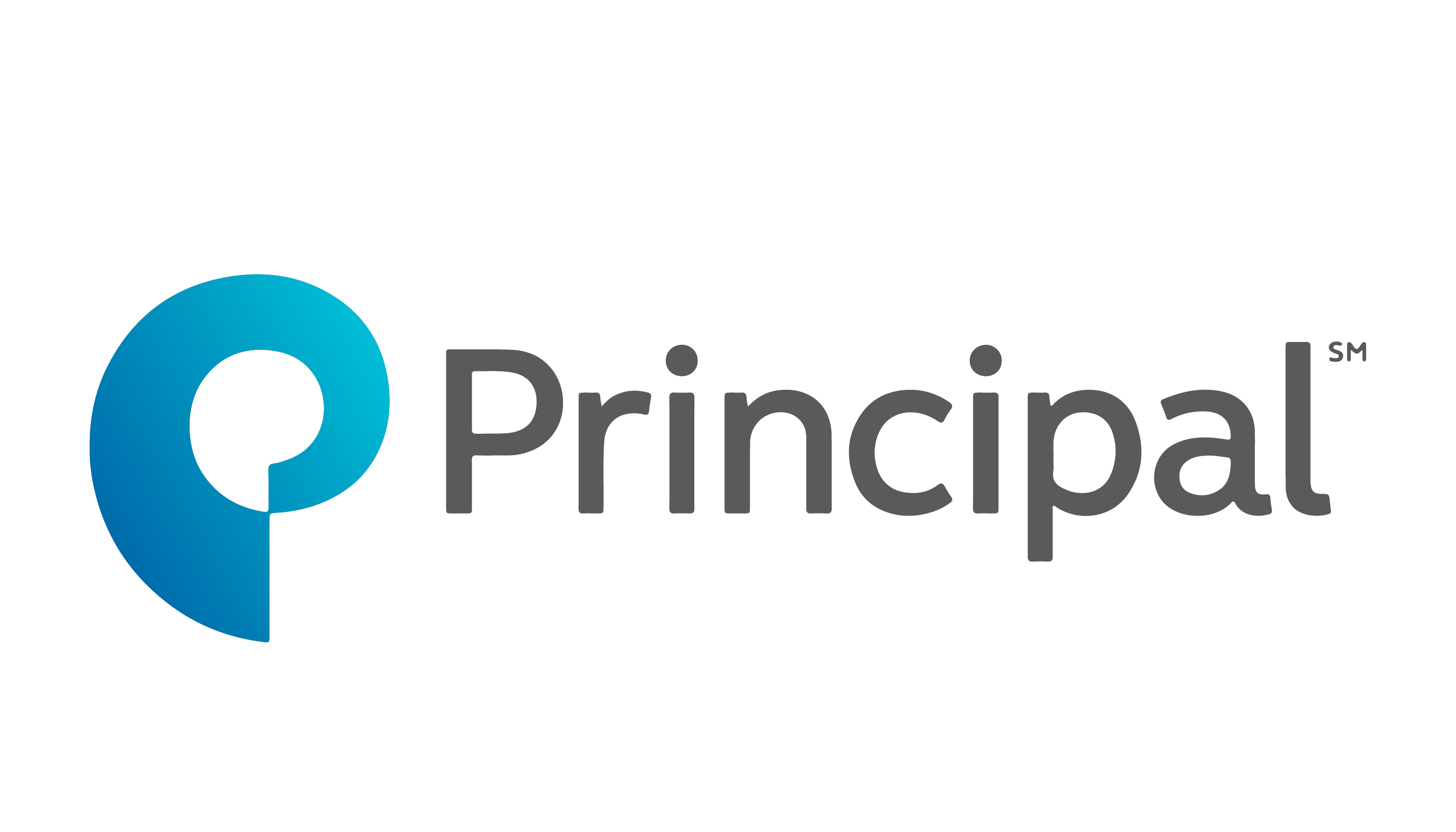A Summary Plan Description (SPD) is one of the most important documents participants are entitled to receive automatically when becoming a participant of the Archdiocese of Denver Retirement Plan. The SPD tells participants what the plan provides, how it operates, what to expect of the plan and the plan features.
To help you prepare for a successful future, your employer offers the Archdiocese of Denver 403(b) retirement plan. This checklist for full time employees can help you get started at time of hire.
Beginning July 1, 2025, you’ll have two ways to contribute to the Archdiocese of Denver Retirement Plan: Roth and pretax — and you’re free to mix and match as you see fit, subject to plan and IRS limits. Unlike traditional pretax contributions, Roth contributions are made with after-tax money, so withdrawals on contributions, and earnings, typically in retirement, are tax-free as long as they’re qualified.
General questions Lincoln Financial 800-234-3500
Our dedicated retirement consultants:
Michael Stelzig | Michael.Stelzig@LFG.com
Shannon Anderson | Shannon.Anderson@LFG.com
If you are an Eligible Employee, you automatically participate in the Lay Plan on your first day of employment as an Eligible Employee.
Eligibility
If you are an Eligible Employee (a lay employee regularly scheduled to work at least 30 hours per week), you are eligible to participate in the Lay Plan on the first day you are employed by your Employer. For eligibility purposes, a “lay employee” includes:
- h. non-religious employees,
- teachers under contract or other parish school/school employees regularly scheduled to work at least 30 hours per week during the academic year as established at your parish school or school,
- certain members of the permanent diaconate, and
- non-canonical religious employees (e.g., Brothers who belong to an order that is not recognized by the Holy See).
Excluded Employees are not eligible to participate in the Lay Plan. Excluded Employees are:
- part-time employees (employees who are regularly scheduled to work no more than 29 hours per week for a single Employer),
- religious employees (except as described above),
- employees who are incardinated as Priests into the Archdiocese,
- non-contracted teachers and substitute teachers,
- project workers with specific hire and termination dates,
- seasonal employees,
- temporary employees,
- event workers, and
- on-call or as-needed employees.
In addition, leased employees and independent contractors (or employees of independent contractors) are not eligible to participate in the Lay Plan.
When You Begin To Participate
You automatically begin to participate in the Lay Plan when you become eligible. You may not waive participation in the Lay Plan. To enroll and select the funds in which you want to invest your account balance, you must log in to the Principal participant website. You must access the Principal participant website to change your investment direction or to designate or change beneficiary designation.
Your beneficiary is the person who will receive benefits from your Lay Plan account if you die before receiving the money in your account. You may name anyone you wish as your beneficiary(ies). You may change your beneficiary(ies) at any time by logging in to the Principal participant website. See the Forms Checklist at the end of this document for forms you will need as a participant in the Lay Plan.
If you are a Lay Plan participant when you leave employment and are rehired, you automatically begin to participate in the Lay Plan on your rehire date, as long as you are eligible.
If you become eligible to participate in the Lay Plan because your employment classification changes, your participation begins immediately.
If your employment status changes from a full-time to a part-time position, you may be eligible to earn additional vesting (ownership) credit for the contributions previously made to the Lay Plan while you were a full-time employee.
Your Employer’s Contributions – Employer ‘New Pension’ Contributions
Employer ‘Old Pension Plan’ Contributions
Rollover Contributions
Investment Earnings/Losses
The Advantages Of Tax-Deferred Growth
| Years of Service Completed | Percentage Vested |
| Fewer than 3 years | 0% |
| 3 years | 33% |
| 4 years | 67% |
| 5 years | 100% |
- the date you resign, retire, are laid off, discharged or die, or
- the first day of the 15th consecutive month from the date you are first absent from work (with or without pay) for a reason not described above, such as disability, vacation, holiday, sickness or a leave of absence, including an unpaid leave of absence per the Family and Medical Leave Act of 1993.
- a teacher or school employee who enters a new contract with a parish school or school that is a participating Employer for a subsequent academic year and provides notice to the Plan Administrator, in a form and manner acceptable to the Plan Administrator, no later than August 31 of that year, or
- a military leave of absence, as long as you return to work before your severance from service date (see above),or in accordance with the Uniformed Services Employment and Reemployment Rights Act of 1994, if later.
What Is Your Investment Objective?
Quarterly Account Statements
- your Employer’s contributions,
- rollover contributions,
- current asset allocation,
- investment gains or losses,
- current value of each investment,
- investment performance,
- investment/Trustee fees,
- total vested account balance,
- loan balance and payments processed, and distributions, if any.
- The maximum you may borrow is 50% of your vested balance, up to $50,000.
- The minimum loan amount is $1,000.
- The interest rate on your loan is the prime rate as set by the Wall Street Journal on the date the loan is requested, plus 1%. Interest you pay on the loan is credited back to your Lay Plan account.
Requesting a Loan
Repaying Your Loan
- If you are a teacher not paid during the summer months, you must pay your location directly during those months and by the first of each month.
- If you are on a leave of absence, you must pay your location directly by the first of each month. You also may choose to suspend your payments for up to one year. In this case, the term of the loan will not be extended but your payment amount will be increased to make up for the period of suspension.
- If you do not repay your loan on time, it may result in a deemed distribution that is subject to taxes.
If You Leave Employment
- The maximum you may borrow is 50% of your vested balance, up to $50,000.
- The minimum loan amount is $1,000.
- The interest rate on your loan is the prime rate as set by the Wall Street Journal on the date the loan is requested, plus 1%. Interest you pay on the loan is credited back to your Lay Plan account.
Requesting a Loan
Repaying Your Loan
- If you are a teacher not paid during the summer months, you must pay your location directly during those months and by the first of each month.
- If you are on a leave of absence, you must pay your location directly by the first of each month. You also may choose to suspend your payments for up to one year. In this case, the term of the loan will not be extended but your payment amount will be increased to make up for the period of suspension.
- If you do not repay your loan on time, it may result in a deemed distribution that is subject to taxes.
If You Leave Employment
Your Lay Plan Account Information
- check your account balance,
- change investment elections for future contributions or current balance,
- request a fund transfer (realign balances) by percentage of account or by dollar amount,
- request a loan or check a loan balance,
- request a distribution packet,
- review rates of return and benchmark returns for the investment funds,
- review the performance history for the investment funds,
- request a fund transfer by dollar amount or percentage, or
- model a loan
Payment Methods
- a lump-sum payment (available at any time after you have separated from service and received your final Eligible Compensation and related Employer contribution to the Lay Plan), or
- installment payments (available beginning in any plan year after the plan year in which you have both separated from service and reached age 59-1/2).
Lump-Sum Payment
Installment Payments
When Payments Are Made
Retirement accounts aren’t covered by a will, so be sure to designate or update your beneficiary. It’s a basic estate planning step that takes just a few minutes but can ensure your assets are distributed properly when the time comes. By designating a beneficiary for your retirement account(s) and keeping your selection up to date it could help your loved ones avoid unneeded stress and expenses after you’re gone. Click here to log in to Principal to designate your beneficiary.


